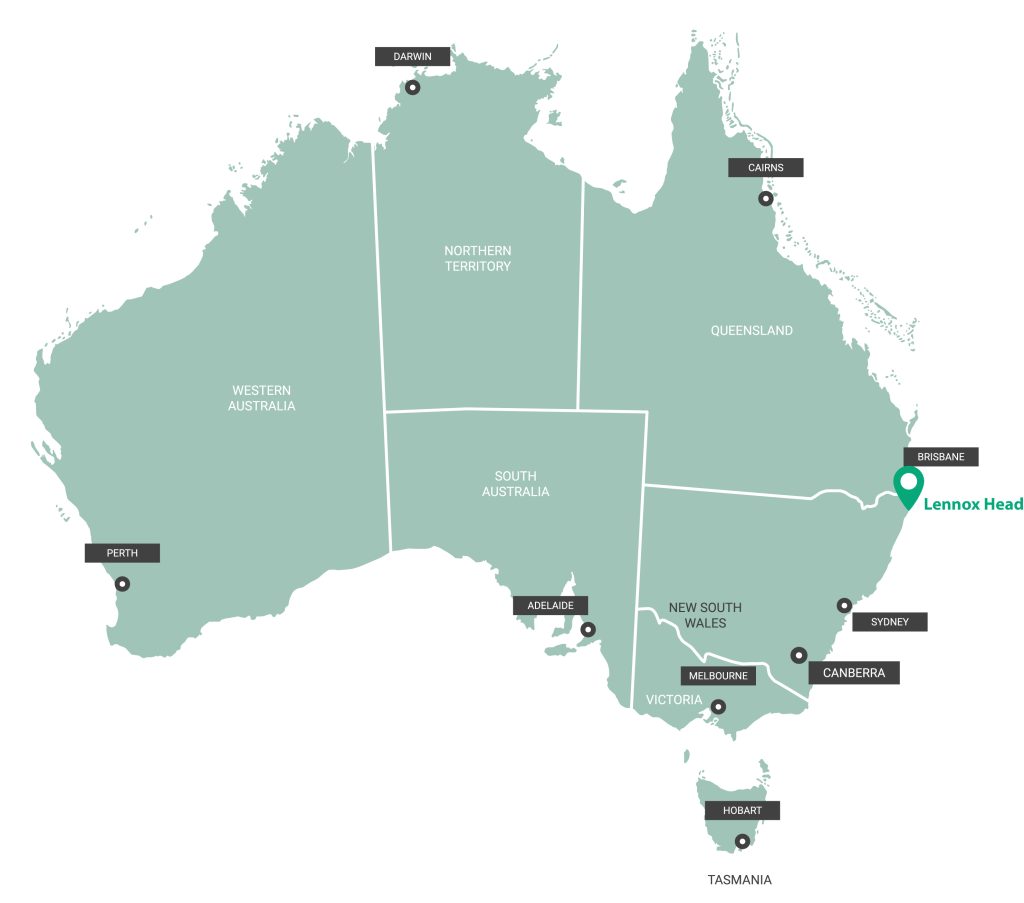From WorkLife
Is working from home no longer working? Are the demands of last night’s washing up and the latest Netflix series more insistent than the hundreds of emails sitting in your inbox? Have you ever considered that there may be an alternative way to structure your employment whilst also living outside of the CBD?
The rollercoaster journey that the coworking industry has been on over pandemic years has finally resumed its upward trajectory. This time, the industry is benefiting from the impacts of the global pandemic on the life of the traditional corporate 9-5’ers, who are now busy prioritising life over work.
“We are living in the midst of a fourth Industrial Revolution which will allow people to work from wherever they want for the rest of their lives.” according to WorkLife founder Kate Dezarnaulds.
Facilitating this revolution are the increased number of regional coworking spaces acting as professional alternative environments outside of metropolitan areas.
Coworking is still a new concept to many people. Previously referred to as a serviced office, this space-as-service business model has evolved to become just as much about connecting people to a community as it is about connecting them to high-speed internet. According to a Morder Intelligence report, a compound annual growth rate of 4% between 2018 and 2027 is expected for the coworking industry.
Kate Dezarnaulds was at the forefront of this regional reformation, opening her first coworking space, WorkLife, in Berry NSW in 2017. Not long after she was diving into the Kiama community with her second space in 2019, and 2020 with a third, and even bigger site in Coledale. There are plans afoot for additional sites in 2023.
“In regional areas, we are part of the economic mix of a local community. We’re there to welcome people when they move to town, connect them with local suppliers. We’re there to help them with finding staff, and leads to real estate and childcare. To help them with tips on which restaurant is a great one for that special anniversary dinner. It’s much more than providing them with a desk- it’s about connecting people to their local community, enabling them to live their best local life.” Kate explained.
After a rough few years navigating a global pandemic, the coworking industry has begun to see a steady increase in demand. Kate recognised a distinct change in the demographic of her membership as soon as life started to return to normal.
“Before we really only had small business people who were members- these days we have academics, we’ve got salaried employees, we’ve got a really great diverse mix of local businesses. Since COVID we have seen the work from anywhere response turning into a long term trend. There is no way any of the people that escaped the city are heading back anytime soon, as much as all of the employers are trying to mandate a return to the office.”
Establishing her Central Coast coworking space, The Foundry, in 2018, Mel Archer also sought out a solution to her own work life balance similar to Kate Dezarnaulds.
“In 2018, the majority of my members were solo operators, or the occasional freelancer after a change in scenery from their home office. Now, it’s a lot more employees of bigger companies where they used to commute to Sydney or Newcastle. Now that working from home has been more widely accepted, there’s more flexibility. They’re able to skip the commute altogether, or at least reduce it to a few days a week at least. Depending on what their situation is at home, we are somewhere else to go where they still have that professional environment, but they’re not sitting on a train for a few hours a day.” Mel described.
This shift from creatives to corporate employees seems, across the board, a common theme. According to Office Hub’s live market database, 11% of professionals demanding shared workspaces are from Finance and Industry backgrounds. Additionally, 15% of demand comes from IT, Digital, and Software professionals. These two industry segments are the only employment categories to show double digits in relation to demand. So how are coworking spaces accommodating and appealing to these professionals? According to Mel Archer, it’s through highly requested private office spaces they’re providing.
“The private office demand has increased, and I think it’s a lot more in demand now. Instead of having the expense of three whole floors in the Sydney CBD, they’re reducing that to one or two. They’re utilising coworking spaces in satellite hubs around the country where their employees are living. People don’t want to lock into three year contracts anymore. With this uncertainty of what’s happening with the workforce, it does make it more accessible for companies to have a space like ours where they can sign a minimum of 3-6 months for a private office.” Mel explains.
For WorkLife member Blake Sanders, a building certifier, coworking is the ideal solution to the not-so-family-friendly corporate grind. Moving to Coledale after the birth of his first son, Blake can quite easily identify the work life balance created from simply switching to regional living.
“Whilst working in Sydney, I was gone at seven and was back at six. Not ideal when starting a family. And therein lies the reason I started my own business, Sanders & Co. Some days, I was gone at four-thirty in the morning. Now I have the flexibility to start whenever I want. Nowadays I tend to try and start at nine, and finish at five. Being at Worklife, I can be at home or at the office within five minutes of getting in the car.” Blake reports, quite pleased.
It’s this choice of life over work that has led to this cataclysmic shift in the way we place emphasis on jobs and on our personal lives. Although Covid had a huge impact on the industry, Kate Dezarnaulds believes this change can be linked to something far less distressing.
“I really think that the migration of people out of the cities to the regions, wasn’t just a pandemic thing. It is a life and lifestyle thing that has been enabled by a decade of technology and communications innovations that have decoupled work from location. Life is definitely cheaper, better and more fulfilling outside of the CBD. So I can only see the market for coworking increasing overtime.” Kate expresses.
When probed to explain the advantages of choosing to cowork, she continues.
“It’s the best present you can give yourself. One of the great benefits of a membership is that you get to reassert some boundaries around your work, and that you will see the benefits of that in family life in the way that you get to participate in life around your community, along with the productivity and joy that you get back in your own job.”
So, regardless if you’re a city slicker or tree changer, there’s no denying that the way we work has changed for good. As our post pandemic world sees us all trying to redesign our lives on our own terms, coworking is one of the best ways you can start.
Jessica Frost | WorkLife Community Manager






